Papaver, commonly known as poppy plants, are a beautiful addition to any garden. Known for their vibrant colors and delicate petals, poppies are both ornamental and useful, often grown for their aesthetic appeal and historical significance. Their popularity in gardening is due to their diverse varieties and relatively easy maintenance, making them a favorite among both novice and experienced gardeners. Our gardening blog is a perfect place to find all the information you need!
Understanding Papaver
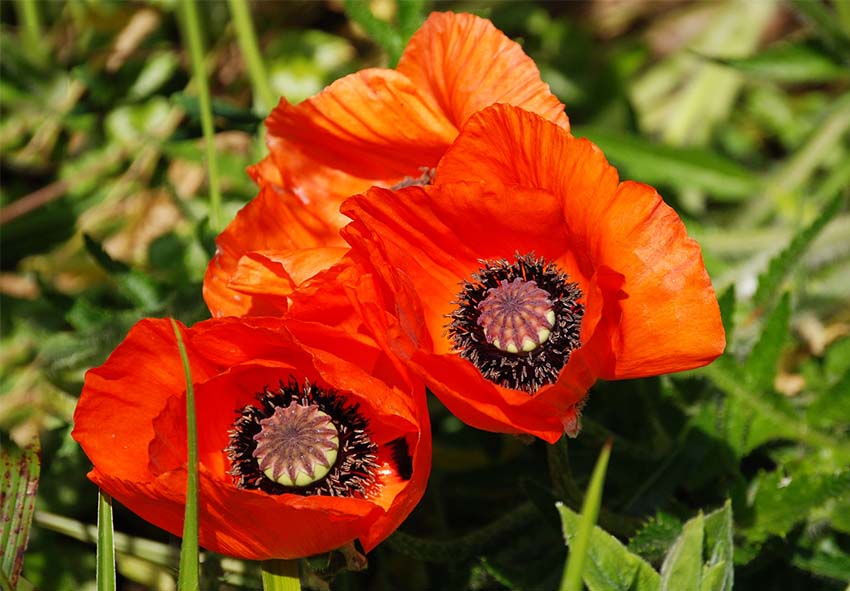
Poppies, or Papaver, come in a variety of shapes, sizes, and colors, each offering unique characteristics. Understanding these varieties and their benefits helps in selecting the right type for your garden, ensuring you get the best visual and ecological impact.
Varieties of Papaver
There are numerous types of poppies, each with unique characteristics. Each type offers different colors, sizes, and blooming periods, allowing for a diverse and vibrant garden:
| Variety | Bloom Time | Fragrance | Height | Ideal for Containers | Frost Resistance |
| Oriental Poppy | Late Spring | No | 2-3 feet | No | High |
| California Poppy | Spring to Fall | No | 1-2 feet | Yes | Low |
| Iceland Poppy | Late Spring to Early Summer | Yes | 1-2 feet | Yes | Moderate |
| Shirley Poppy | Summer | No | 2-3 feet | No | Low |
| Peony Poppy | Summer | No | 3-4 feet | No | Low |
Benefits of Growing Poppies
Poppies are not only visually appealing but also attract beneficial wildlife to your garden. Bees, butterflies, and other pollinators are drawn to their nectar, aiding in the pollination of other plants. Additionally, poppies can enhance the overall biodiversity of your garden, contributing to a healthier ecosystem.
Preparing to Plant Papaver
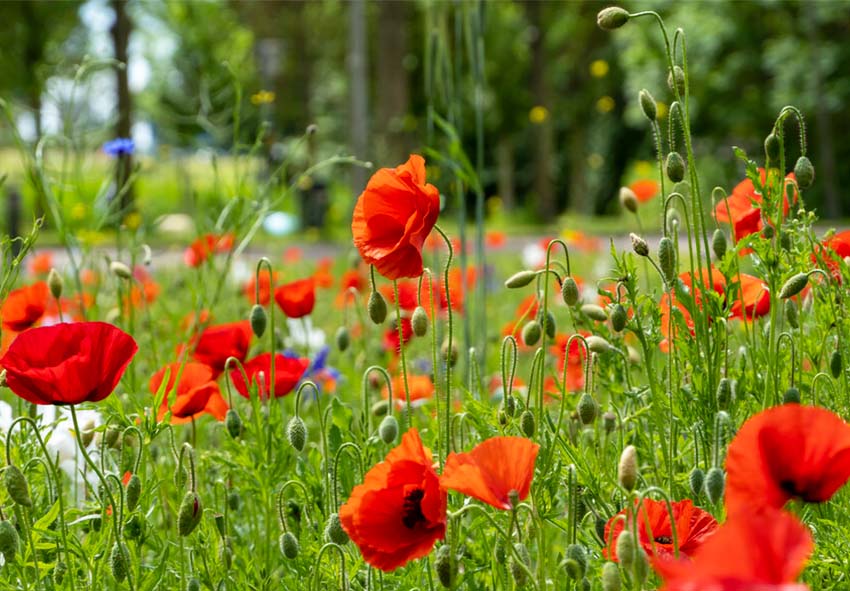
Proper preparation is essential for successful poppy planting. This includes following steps:
- Choosing the Right Location: Ensure the chosen spot receives full sunlight, at least six hours a day. Consider space requirements for different varieties, as some poppies spread more than others.
- Soil Preparation: Test the soil pH and nutrient levels to ensure it meets the needs of poppies (slightly acidic to neutral soil is ideal). Amend the soil with organic matter, such as compost, to improve its texture and fertility. Ensure the soil has good drainage to prevent root rot.
- Selecting Papaver Seeds or Plants: Purchase quality seeds or plants from reputable suppliers to ensure healthy growth. Choose varieties that are suitable for your climate and garden conditions. Consider the bloom time and color of the poppies to create a cohesive garden design.
- Soil Testing and Amendments: Conduct a soil test to check for necessary nutrients and pH balance. Add lime to raise pH or sulfur to lower pH if needed. Incorporate compost or well-rotted manure to enhance soil fertility.
- Improving Soil Quality: Work organic matter into the top 6-8 inches of soil. Break up any compacted soil to improve root penetration and water drainage. Avoid using heavy clay or sandy soils without proper amendments to enhance structure and fertility.
By carefully preparing the planting site and selecting the right materials, you can create an optimal environment for your poppies to thrive and bring vibrant color to your garden.
Choosing the Right Location
Poppies thrive in locations that receive full sunlight and have well-draining soil. They need at least six hours of direct sunlight daily to flourish. When planning your garden, consider the space requirements for different varieties, as some poppies can spread significantly.
Soil Preparation
Before planting, test your soil to ensure it has the right pH and nutrient levels. Amend the soil with organic matter, such as compost, to improve its texture and fertility. Well-draining soil is crucial for preventing root rot and other moisture-related issues.
Selecting Papaver Seeds or Plants
When selecting seeds or plants, choose reputable suppliers to ensure quality. Consider the specific needs of the variety you are planting, such as climate suitability and growth habits. This will help you achieve the best results in your garden.
Planting Papaver
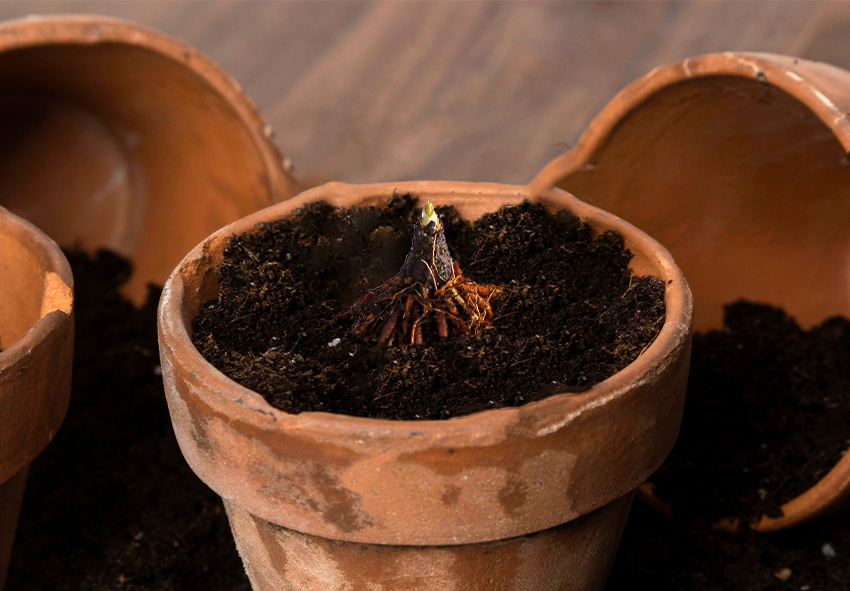
Planting poppies requires careful attention to detail to ensure successful growth. Whether sowing seeds directly in the garden or transplanting seedlings, following best practices for planting papaver bulbs and seeds will help your poppies establish strong roots and flourish.
Sowing Seeds
Poppy seeds should be sown in early spring or fall, depending on your climate. By following these steps, you can ensure successful germination and establishment of poppy seedlings, leading to a vibrant display of blooms in your garden:
- Site Preparation: Choose a sunny location with well-draining soil. Clear the area of weeds and debris to provide a clean seedbed.
- Seed Preparation: Mix poppy seeds with fine sand to ensure even distribution when sowing. This prevents overcrowding and helps with even coverage.
- Sowing Technique: Scatter the seeds lightly on the soil surface without covering them, as poppy seeds need light to germinate. Press them gently into the soil to ensure good contact.
- Watering: Keep the soil consistently moist but not waterlogged during the germination period. Use a gentle spray to avoid washing away the seeds.
- Thinning Seedlings: Once seedlings emerge and reach a few inches in height, thin them to allow proper spacing. This prevents overcrowding and promotes healthy growth.
- Mulching: Apply a thin layer of mulch to retain moisture and protect seedlings from temperature fluctuations. Avoid heavy mulch, which can inhibit germination.
Transplanting Poppy Plants
If you are transplanting seedlings, do so carefully to minimize shock. Dig a hole slightly larger than the root ball and place the seedling in it, gently firming the soil around it. Water immediately after planting to help the plant settle in.
Caring for Papaver
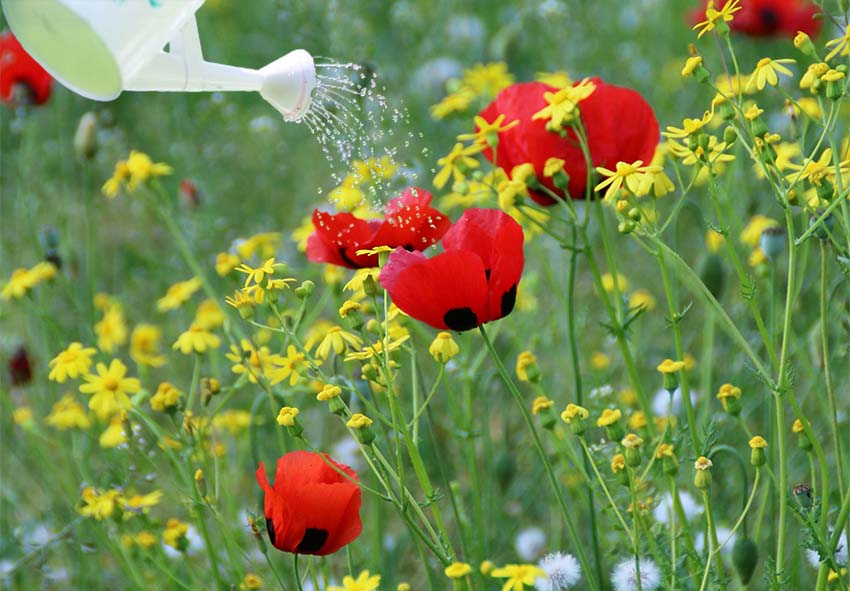
Caring for papaver involves meeting their specific watering, fertilizing, and mulching needs. Regular maintenance helps keep your plants healthy and vibrant, allowing them to reach their full potential and enhance your garden’s beauty.
Watering Requirements
Poppies prefer moderate watering. During dry periods, water them deeply but infrequently, allowing the soil to dry out between waterings. Overwatering can lead to root rot, while underwatering can cause wilting and poor growth.
Fertilizing Poppies
By adhering to these fertilization guidelines, you can ensure that your poppies receive the nutrients they need to thrive and produce beautiful, vibrant flowers throughout the growing season:
- Initial Fertilization: Apply a balanced, slow-release fertilizer at the beginning of the growing season to provide essential nutrients as poppies start to grow.
- Choosing the Right Fertilizer: Use a fertilizer with a balanced ratio, such as 10-10-10 (N-P-K), to ensure poppies receive an equal amount of nitrogen, phosphorus, and potassium.
- Timing: Fertilize in early spring when new growth appears and again after the first bloom to encourage continuous flowering.
- Application Method: Spread the fertilizer evenly around the base of the plants, avoiding direct contact with the stems. Lightly work it into the top layer of soil and water thoroughly to help it penetrate.
- Organic Alternatives: Consider using organic fertilizers, such as compost or well-rotted manure, which improve soil health and provide slow-release nutrients.
- Avoid Over-Fertilizing: Excessive fertilization can lead to lush foliage at the expense of blooms. Follow the recommended application rates on the fertilizer package.
- Monitoring Plant Health: Observe the plants regularly. Yellowing leaves or poor growth may indicate nutrient deficiencies, requiring additional fertilization. Adjust your fertilizing routine based on plant performance.
Mulching and Weed Control
Mulching around your papaver helps retain moisture and suppress weeds. Use organic mulches such as straw or shredded bark. Regularly check for and remove weeds, as they can compete with poppies for nutrients and water.
Seasonal Care for Poppies
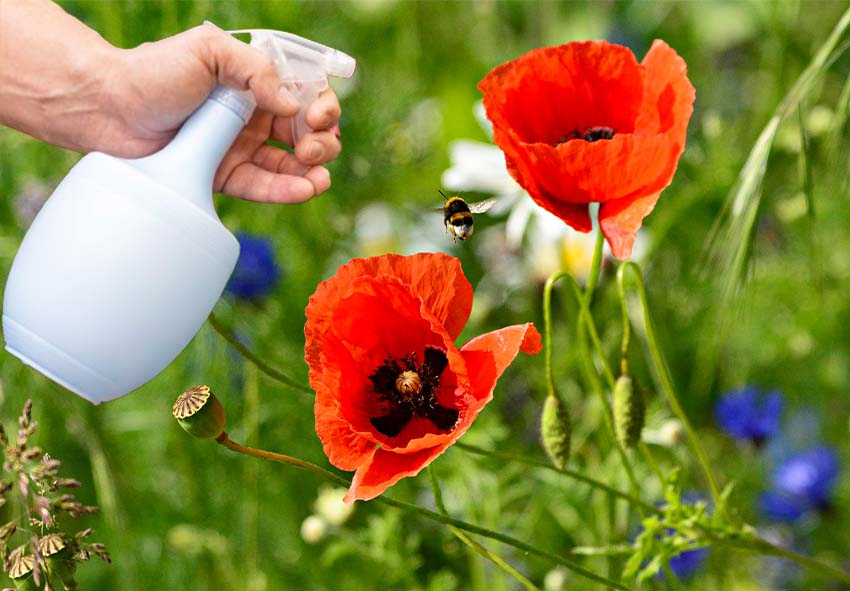
Poppies require different care throughout the year to remain healthy and robust. From spring and summer maintenance to fall and winter preparations, understanding seasonal needs ensures your poppies stay resilient and continue to thrive.
- Spring and Summer Care
During the warmer months, ensure your poppies receive adequate water and are protected from pests. Regularly inspect plants for signs of aphids or other pests and treat them promptly. Deadhead spent flowers to encourage continuous blooming.
- Fall and Winter Preparation
As temperatures drop, prepare your poppies for winter by cutting back dead foliage and applying mulch to insulate the roots. In colder climates, consider additional protection like frost blankets. Some perennial varieties may require more extensive winter care to survive.
Common Issues and Solutions
Even with the best care, poppies can encounter problems such as pests, diseases, and growth issues. Identifying and addressing these challenges promptly will help maintain the health and appearance of your poppies.
Pests and Diseases
Poppies can be affected by pests such as aphids, slugs, and snails. Use natural or chemical treatments to manage these pests. Diseases like powdery mildew and root rot can also occur, so maintain good air circulation and avoid overwatering. Remember that pest control for papaver is really important.
Growth Problems
Issues like poor flowering or stunted growth can result from inadequate light, poor soil, or improper watering. Ensure your poppies are planted in optimal conditions and adjust care practices as needed to promote healthy growth.
Leaf and Flower Damage
Damage to leaves and flowers can be caused by environmental stressors or pests. Identify the cause of damage, such as extreme weather or insect infestation, and apply appropriate treatments to protect your plants.
Harvesting and Using Poppies
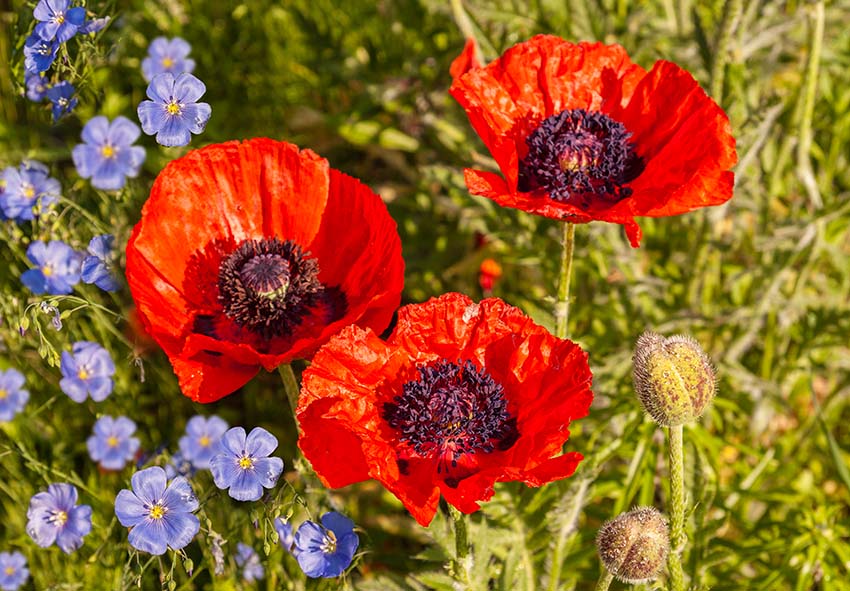
Harvesting and utilizing poppies can be a delightful and rewarding aspect of growing these beautiful plants. From collecting seeds for future planting to using the vibrant flowers in decorative and culinary applications, there are numerous ways to enjoy the full potential of your poppy plants.
Harvesting Poppy Seeds
Harvesting poppy seeds is a rewarding process that allows you to enjoy the full cycle of your poppy plants. By timing the harvest correctly and storing the seeds properly, you can ensure a continuous supply for future planting or culinary use.
- Timing: Harvest poppy seeds when the seed pods have dried and turned brown, usually a few weeks after the flowers have faded.
- Method: Cut the seed pods from the plant and place them in a paper bag. Let them dry further, then shake the pods to release the seeds.
- Storing Seeds: Store the harvested seeds in an airtight container in a cool, dry place to ensure viability for future planting or culinary use.
Using Poppy Flowers
Besides, poppy flowers offer versatile uses both in decorative arrangements and culinary applications. Whether fresh or dried, these vibrant blooms add beauty to your home and unique flavors to your dishes.
- Decorative Uses: Poppy flowers can be used fresh in floral arrangements or dried for long-lasting decorations. To dry, hang the flowers upside down in a cool, dark place until fully dehydrated.
- Culinary Uses: Fresh or dried poppy petals can be used as garnishes in salads and other dishes. Poppy seeds, harvested from the seed pods, can be used in baking and cooking for their nutty flavor.
Conclusion
Growing poppies can be a rewarding experience, adding vibrant color and ecological benefits to your garden. With proper care and attention, your poppies will thrive and bring joy to your outdoor space. Embrace the beauty and versatility of poppies, and enjoy the fruits of your gardening efforts.
Frequently Asked Questions (FAQs) about Poppies
1. When is the best time to sow poppy seeds?
The best time to sow poppy seeds is either in early spring after the last frost or in late fall. This timing helps the seeds to benefit from natural cold stratification, which can improve germination rates.
2. How do I know if my poppies need fertilizing?
Poppies generally require minimal fertilization. If the plants show signs of poor growth or reduced flowering, consider applying a balanced fertilizer. Be cautious not to over-fertilize, as this can lead to excessive foliage growth at the expense of blooms.
3. How should I care for poppies during the winter?
To prepare poppies for winter, cut back dead foliage and apply a layer of mulch around the base of the plants. In colder regions, consider adding extra protection such as frost blankets to insulate the roots and prevent freeze-thaw damage.
4. Can poppies be grown in containers?
Yes, many poppy varieties can be grown in containers, particularly the California poppy and Iceland poppy. Choose a container with good drainage and use a quality potting mix. Ensure the container receives adequate sunlight and water regularly to keep the soil consistently moist.
5. Can I order Holland papaver from your online store?
Certainly! At our online store Dutch-bulbs.com, we offer a wide selection of Papaver plants, including varieties sourced from Holland. You can browse our inventory to find Holland Papaver plants that suit your preferences and gardening needs.
Published: 19.07.2024
